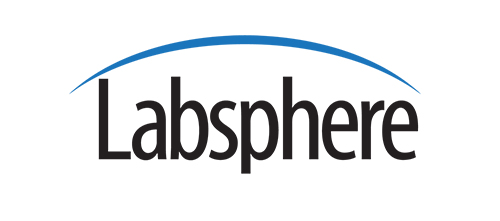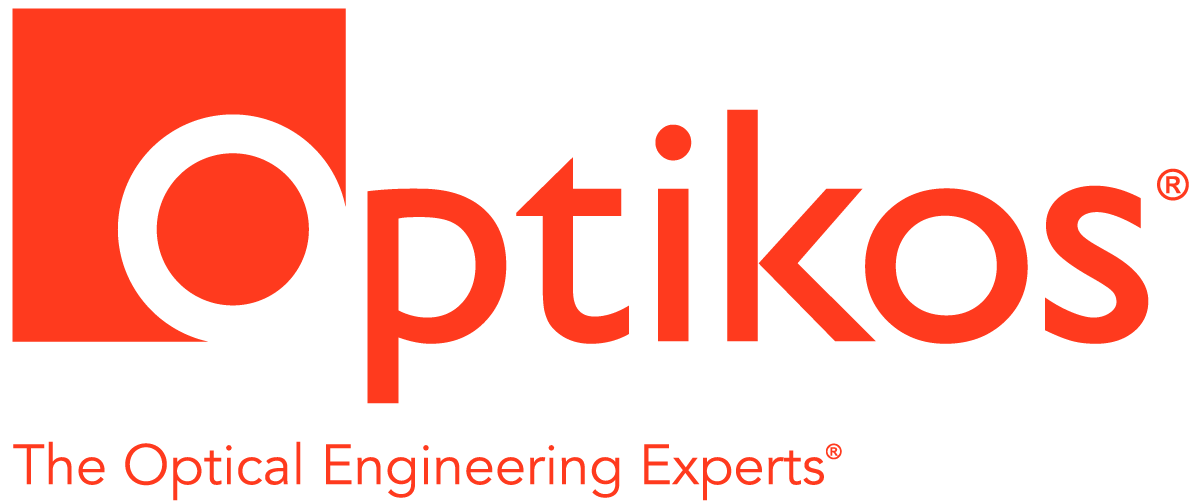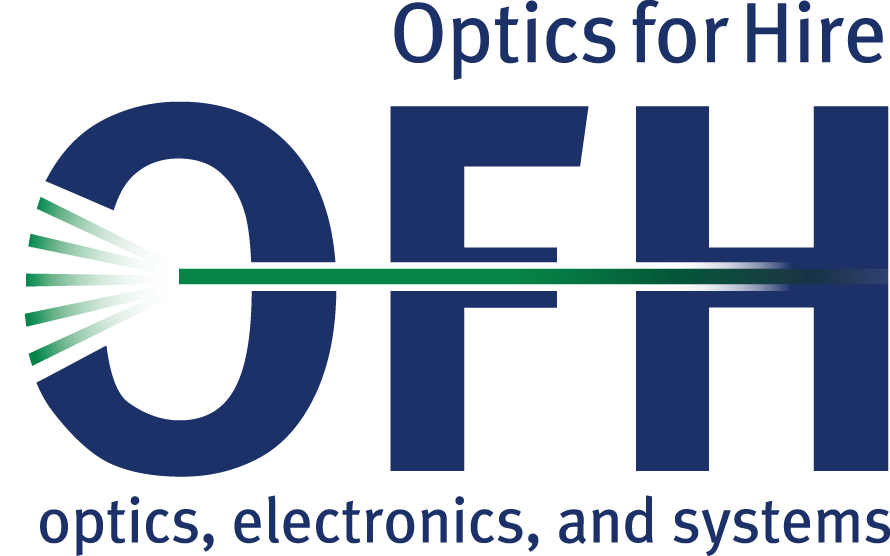May 15, 2008, William Rhodes
Four Centuries of Imaging Technology, 1607 – 2007
OSA Eastman Speaker
The history of the development of imaging technology combines important elements from scientific research, materials development, technology generally, and economic forces. All are examined in this talk, which describes important developments from the time of Galileo through the most recent developments in microscopy, television, and ultrasound imaging.




